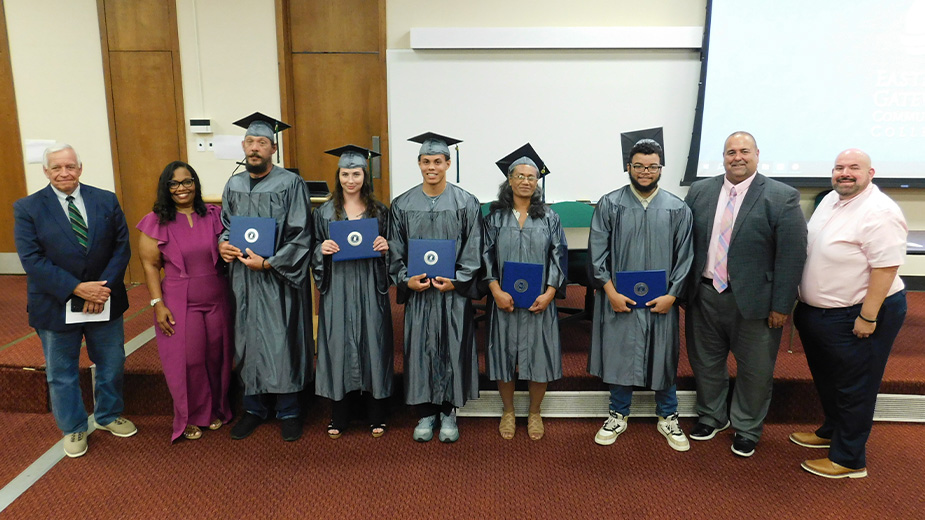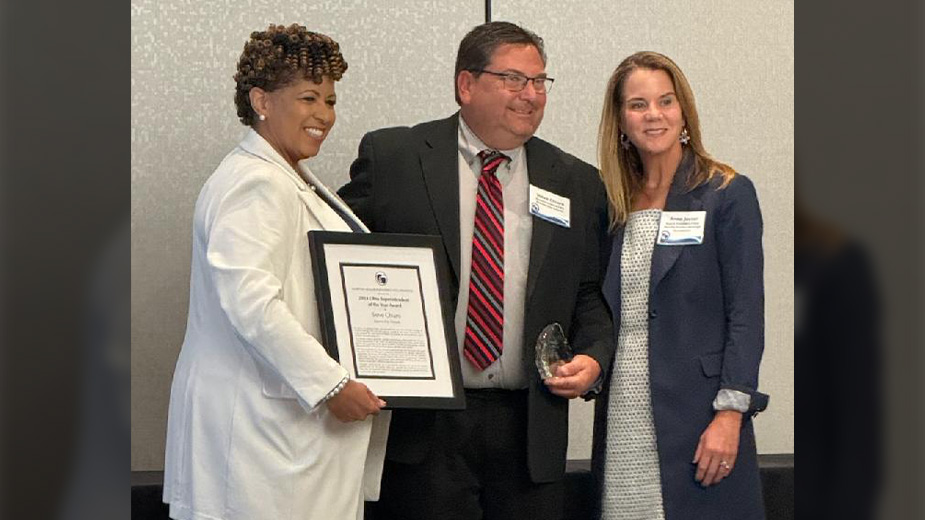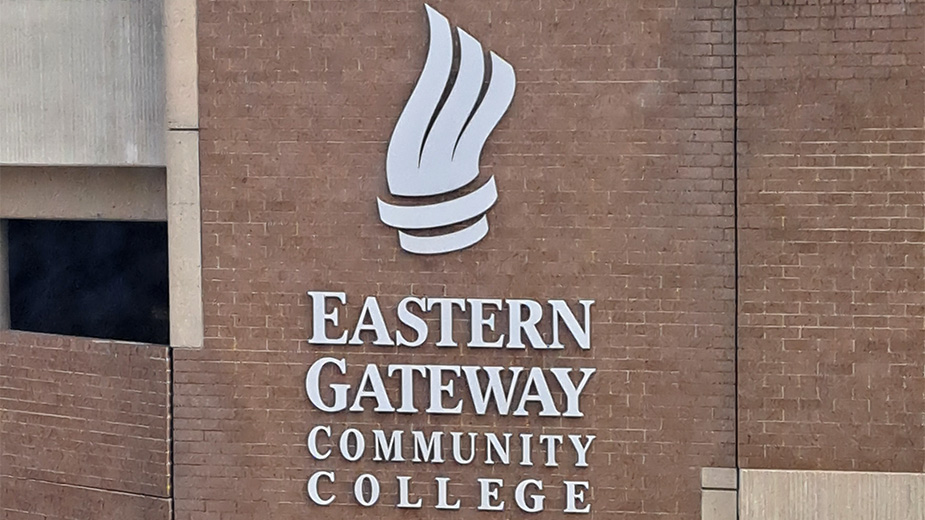Role of Soft Skills Overlooked, Cleveland Fed Chief Tells Summit
PITTSBURGH – The number of students enrolled in American colleges and universities is near an all-time high, but so is the number who enter and never earn a degree, the president of the Federal Reserve Bank of Cleveland, Loretta J. Mester, said Friday.
”Only about 55% of students who start college earn a bachelor’s degree within five years,” she said.
Even so, the percentage of the U.S. labor force with a college degree has doubled over the last four decades.
Mester delivered the closing address, “Community Development and Human Capital,” at the Cleveland Fed’s annual Policy Summit on Housing, Human Capital and Inequality held here.
The number enrolled in higher education is not surprising. ”Better education is correlated with higher wages and lower levels of unemployment,” she said. “The unemployment rate for those with a college degree is 2.6%, compared to 5.4% for those with a high school diploma and 8.0% for those who didn’t graduate from high school.”
Moreover, the gap has widened – more than doubling since the 1970s – between how much college graduates earn versus those with a high school diploma. The former earn 80% more than the latter.
And those with a graduate degree earn 30% more on average than those with a baccalaureate.
Advances in technology have resulted in an economy that demands more workers with skills in mathematics and a supply unable to keep up with that demand, Mester said, “even in industries viewed as less skill-intensive. The manufacturing plant of the 1970s has transformed itself into a high-tech operation, requiring workers who can operate computerized machinery and even robots.”
Those with math skills, those who have passed geometry and second-year algebra, tend to earn $1.50 an hour more than those who haven’t, an article in the Cleveland Fed’s Economic Commentary says.
The need for more skills is one factor in the high enrollment in colleges, Mester noted, as the growth in jobs has become polarized, that is, in jobs requiring considerable skills and those with low skills. Disappearing because of technology are medium-skill jobs, such as bookkeeping and other clerical jobs because of computers and robots.
“This shift in the distribution of jobs helps to explain the wider gaps in wages for highly skilled versus lower-skilled jobs,” Mester said, “and the increasing return to gaining the education required to obtain those skills.”
Despite the historically high enrollment in colleges, the realization that a college degree is not the only route to a job that pays well is more widespread, Mester noted. Apprenticeships in the building trades are one avenue, which helps to account for a Cleveland Fed research finding that in 100 metropolitan regions across the United States, the top 30% of earners ages 18 to 35 without a college degree earned more than 25% of that demographic who held a bachelor’s degree.
Even so, the less-educated workers who live in regions where the population is more highly educated tend to earn higher wages. Moreover, urban areas with more highly educated populations have lower rates of unemployment, higher productivity and more entrepreneurs. “Thus, education appears to be a valuable investment not only for the individual,” Mester said, “but also for the communities in which people live.”
As to why 55% of those who enter college don’t leave with a degree, Mester cited three factors:
- “Some people aren’t prepared.”
- “College has become increasingly expensive.”
- Others would rather enter the workforce immediately.
As to the first, to succeed in college, “The foundation has to be laid early in life – at the pre-school level,” Mester said. “When children fall behind, it is often difficult to catch up.” Moreover, research done by Cleveland Fed economist shows a strong correlation between the number of books in a home and success in primary school.
On the second point, College tuition has risen since 2000 and the subsidies available fell during the Great Recession. “The share of 25-year-olds with student debt rose to 45% in 2013 from 27% in 2004,” Mester said, citing data compiled by the New York Fed. Of those who didn’t attend or complete college, 30% of the former said it was too expensive while 24% of those who entered said they couldn’t afford to complete their programs.
And 43% of women and 32% of men cited family obligations as more important than attending classes.
On the third point, Mester suggested while some felt unprepared, the uncertainty that a job that pays well awaited them upon graduation deterred most with low incomes from even applying.
Apprenticeships, certificates and on-the-job training, while important and a route to jobs that pay well, leave too many unable to fulfill their potential, Mester said. The United States, state and local governments spent more than $600 billion on public schools, more than $12,000 per students, in 2011 while private industry spent more than $156 billion on employee training programs.
“But at a time when funding is scarce and the needs are plentiful,” Mester said, “rigorous evaluation of the effectiveness of educational and training programs is needed.”
Research is underway both to collect data and “identify the most effective programs for hard-to-employ individuals.” She identified a small number that she suggests hold promise.
Hard-to-employ people can be taught the technical skills needed to take jobs in the manufacturing and service sectors, Mester said. Equally important is for them to learn soft skills.
“By their very nature, soft skills are difficult to measure,” Mester concluded, “but furthering our understanding [of how these] skills improve success and they ways they might be taught may help people enter and remain in the workforce.”
Copyright 2024 The Business Journal, Youngstown, Ohio.



